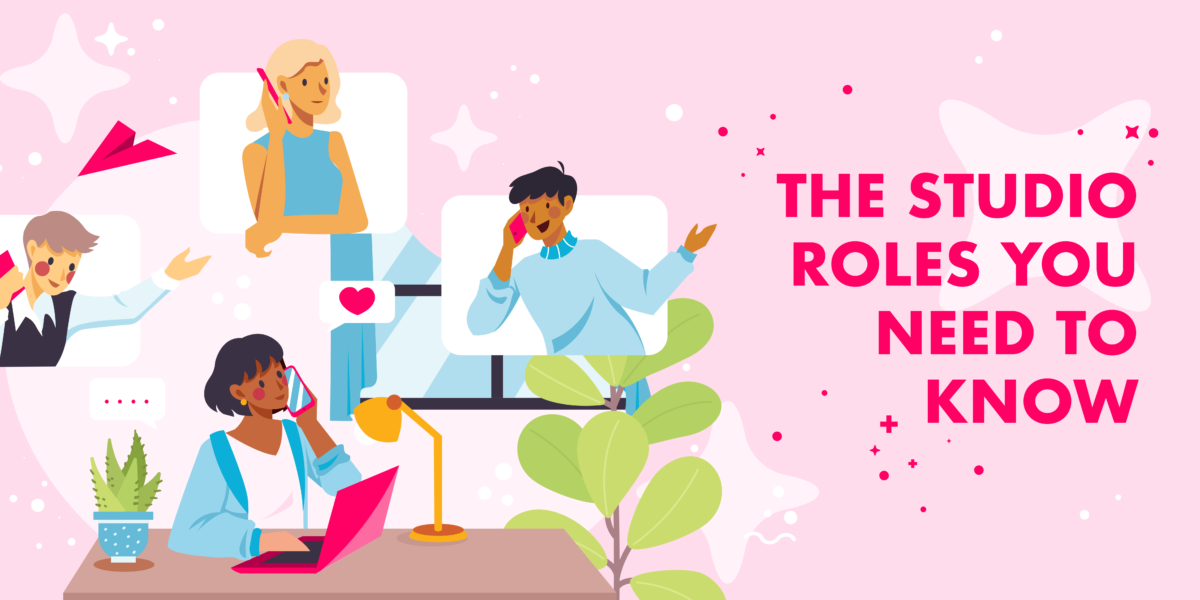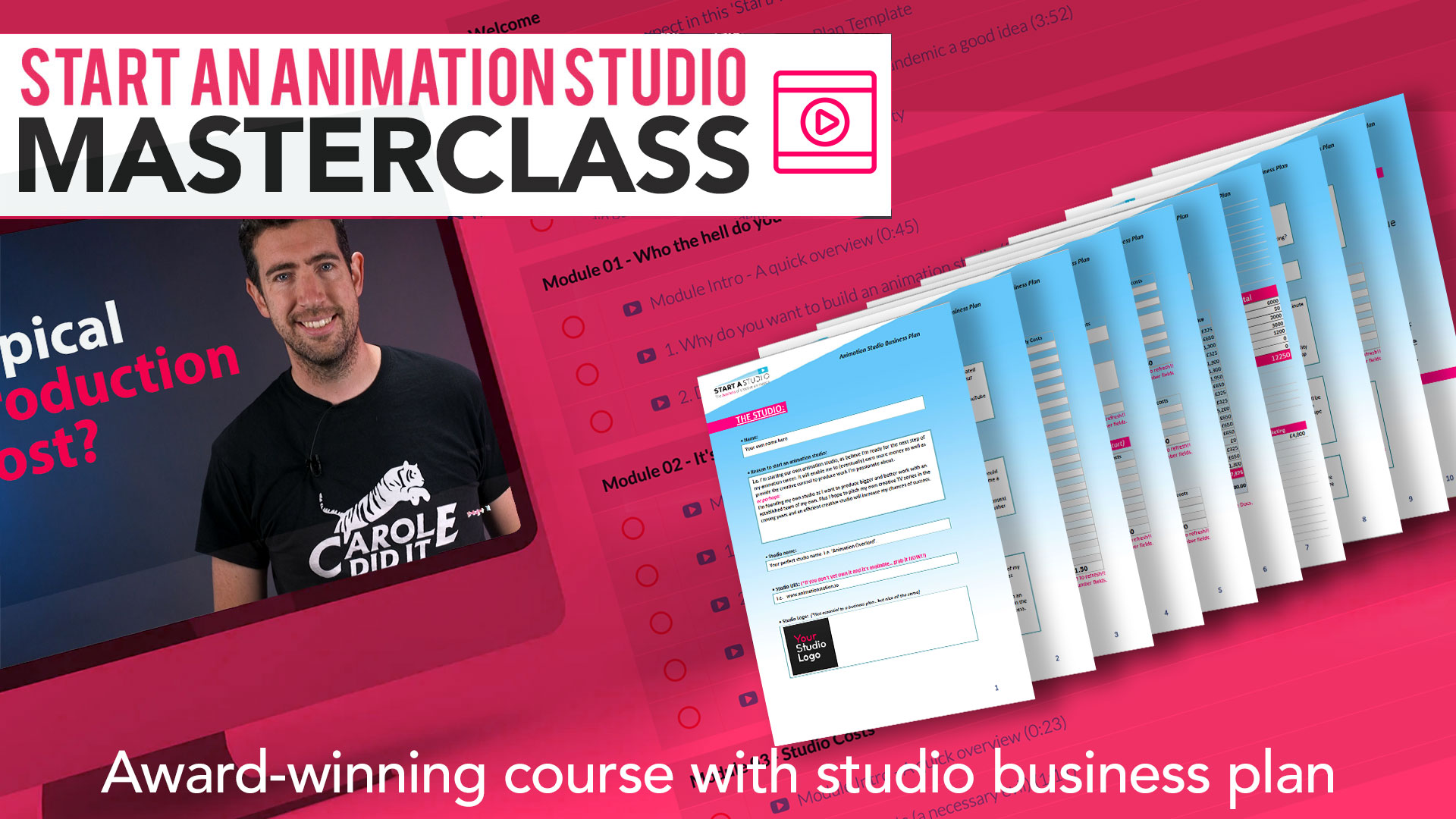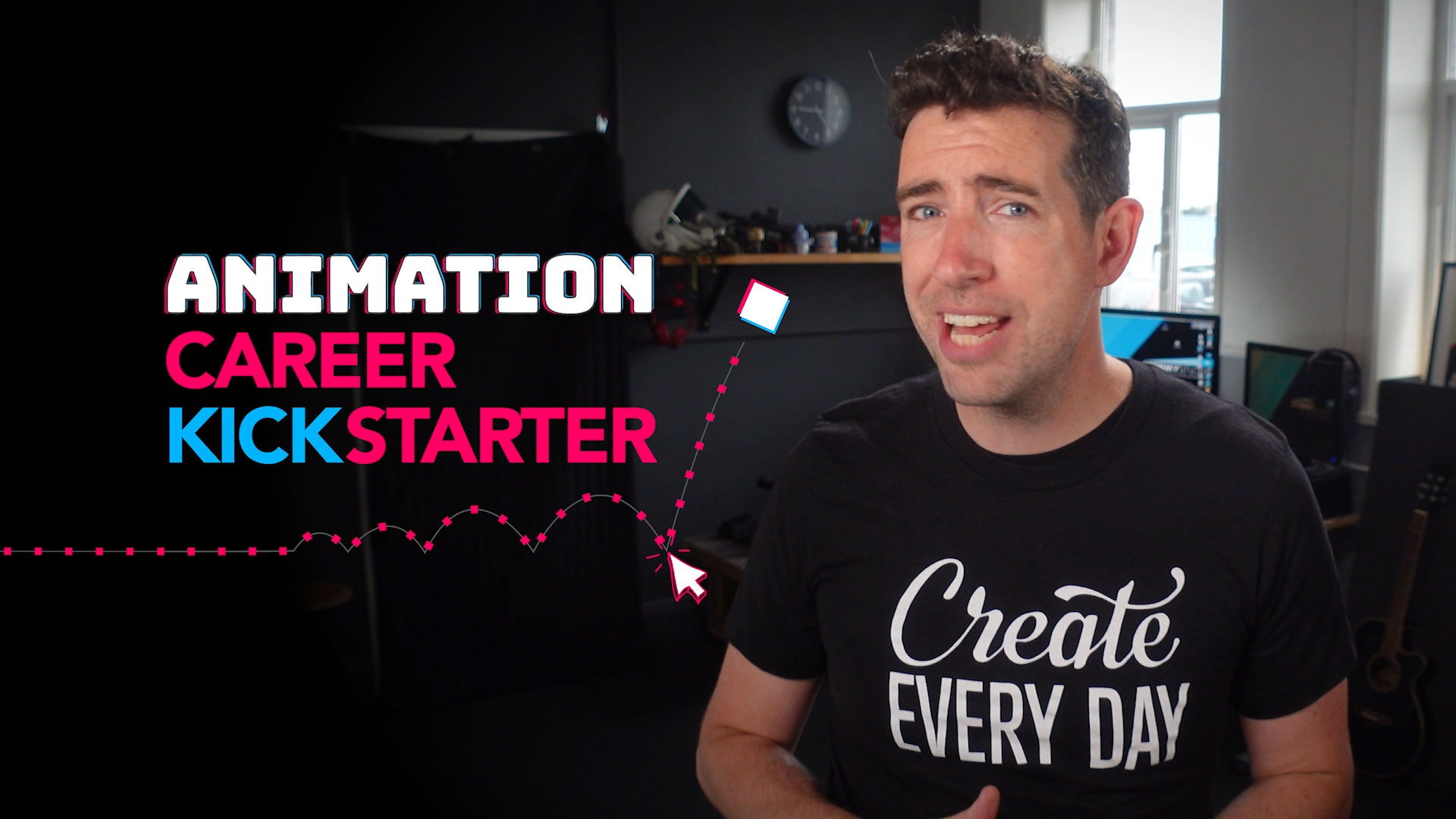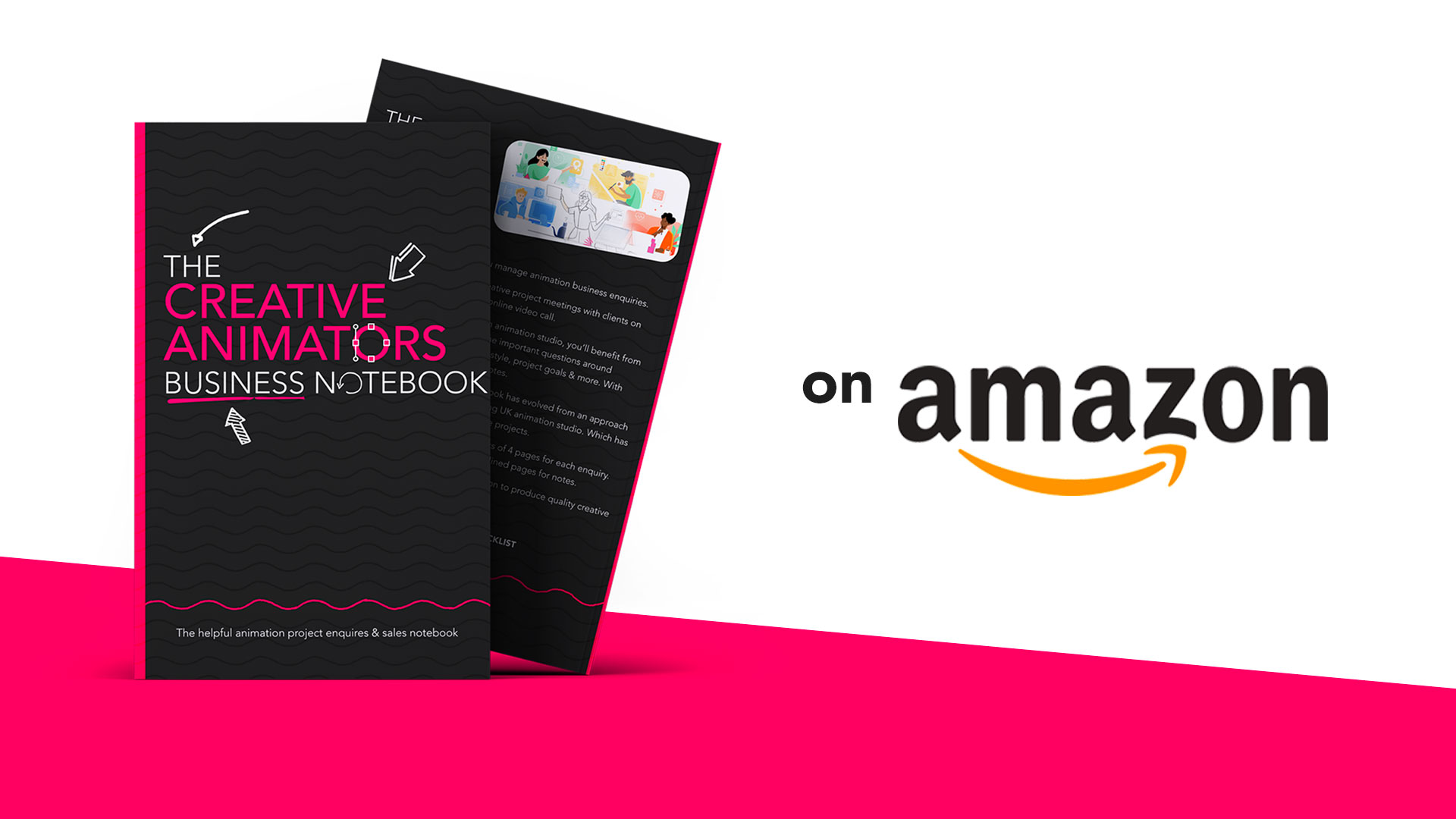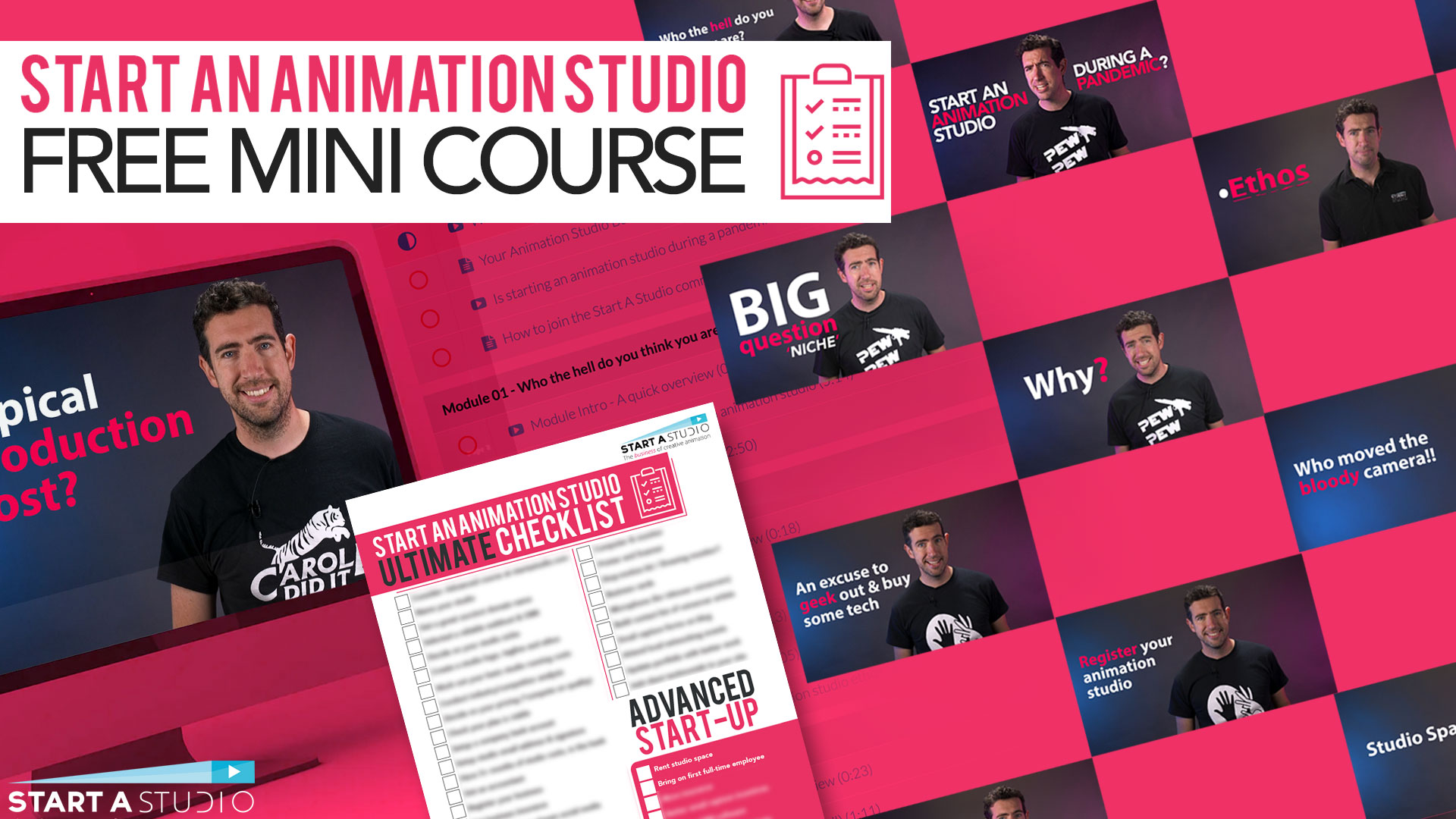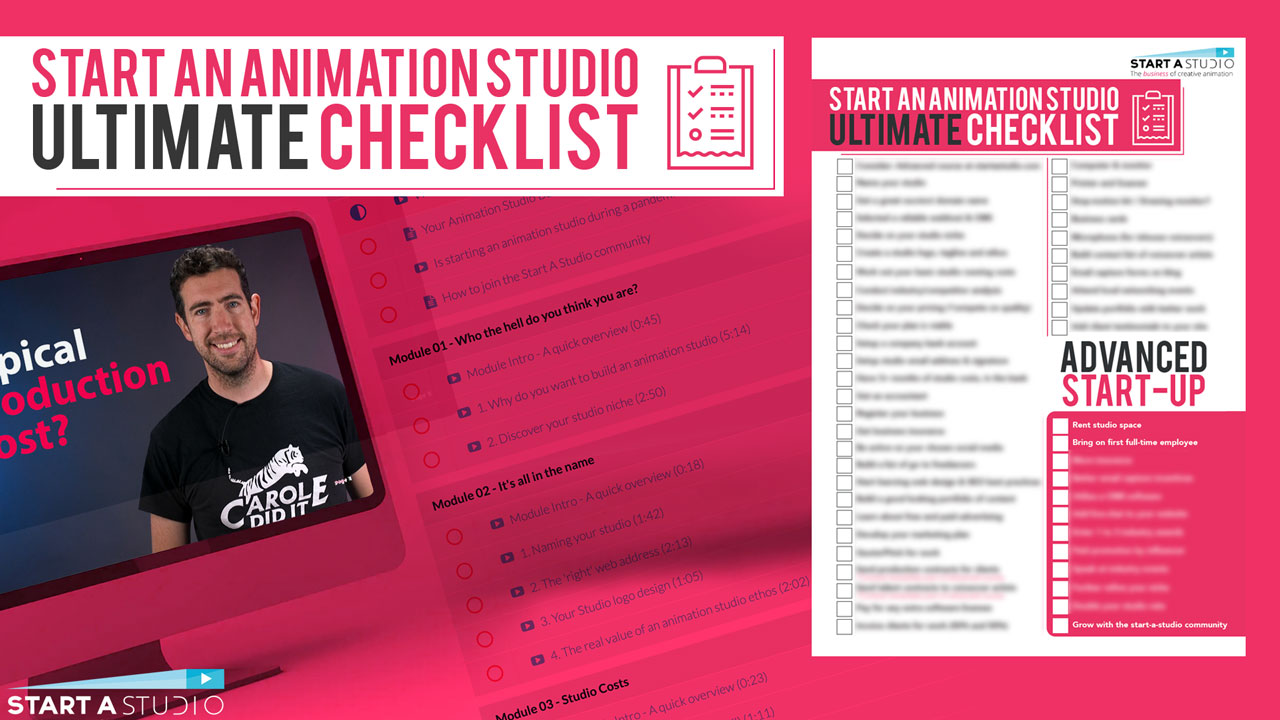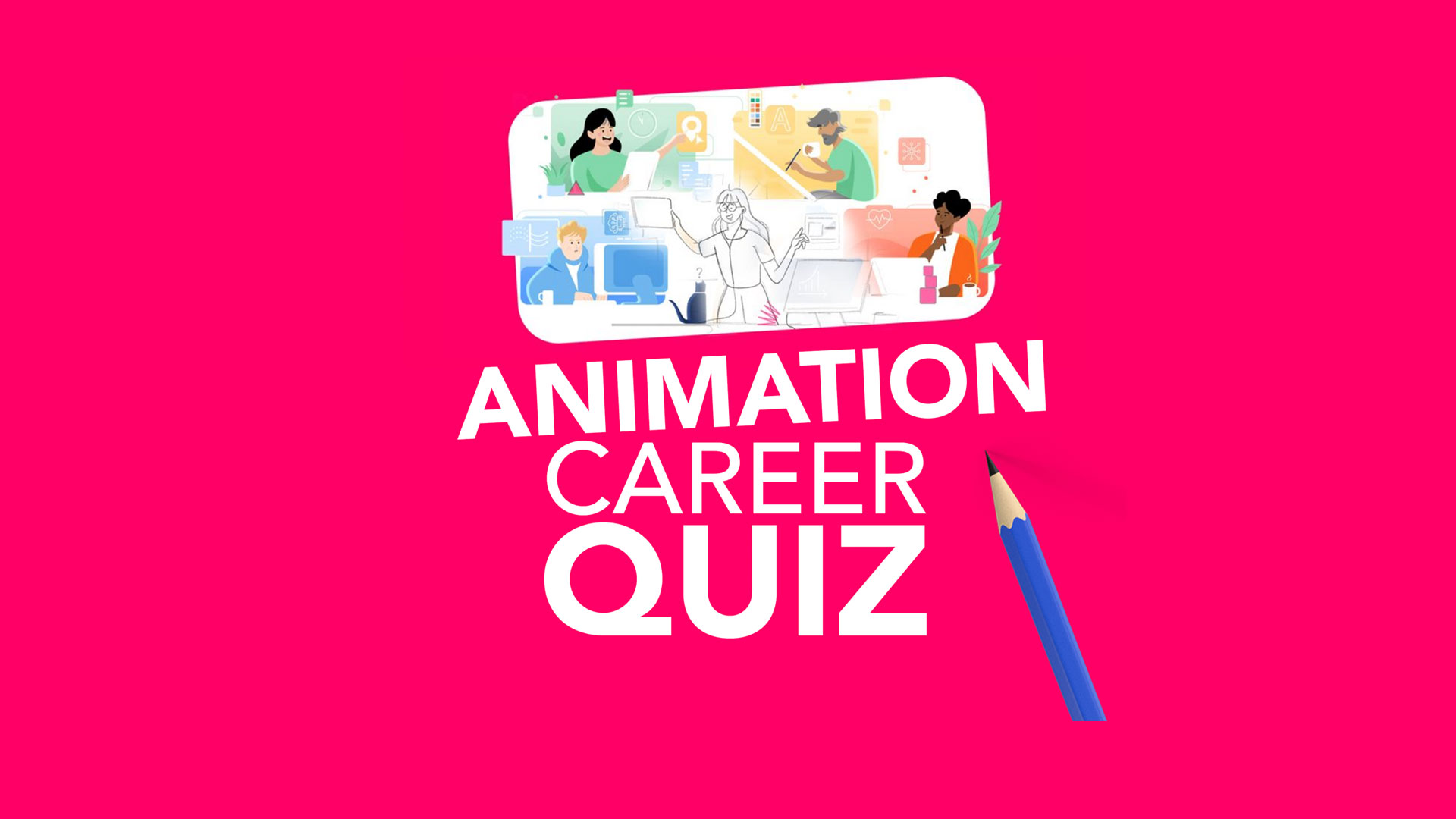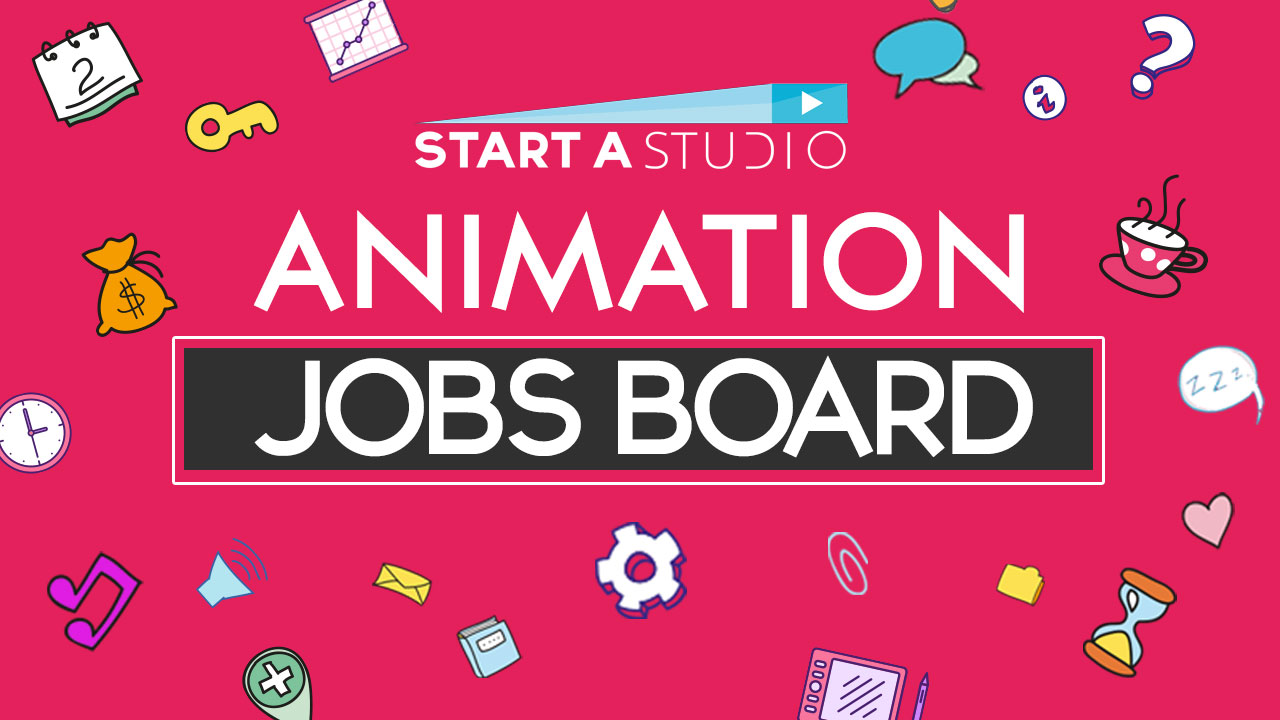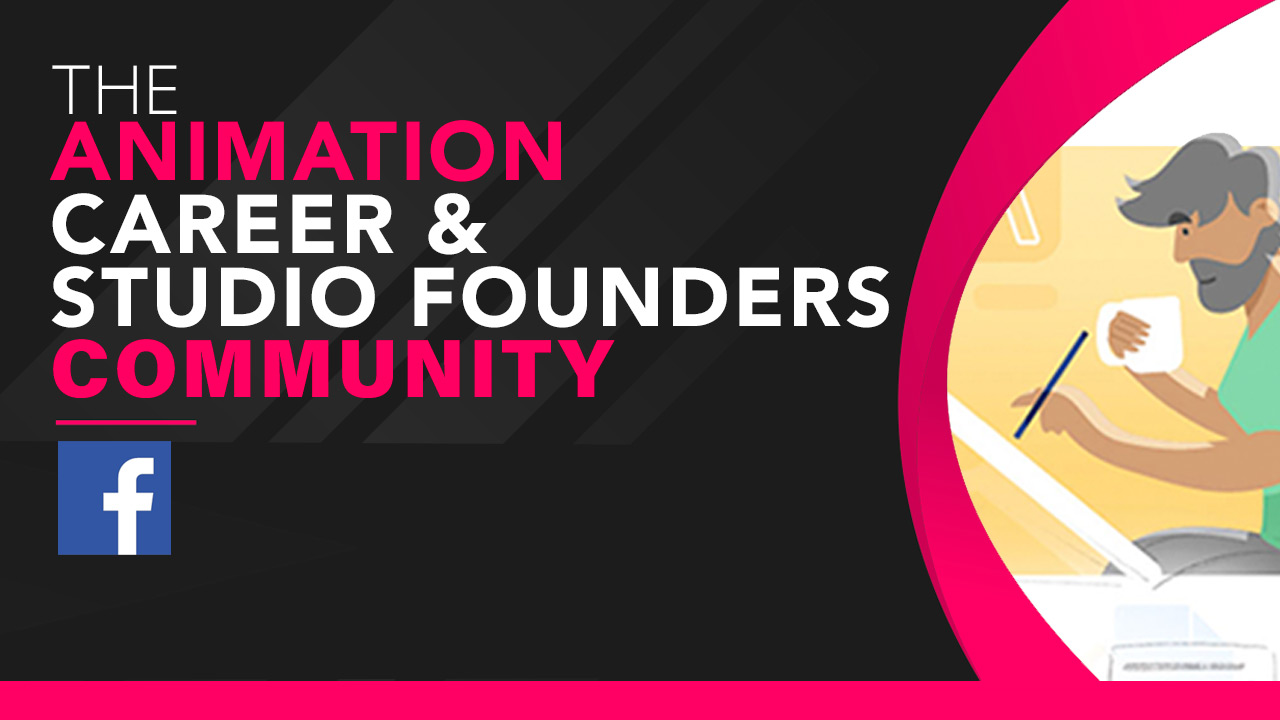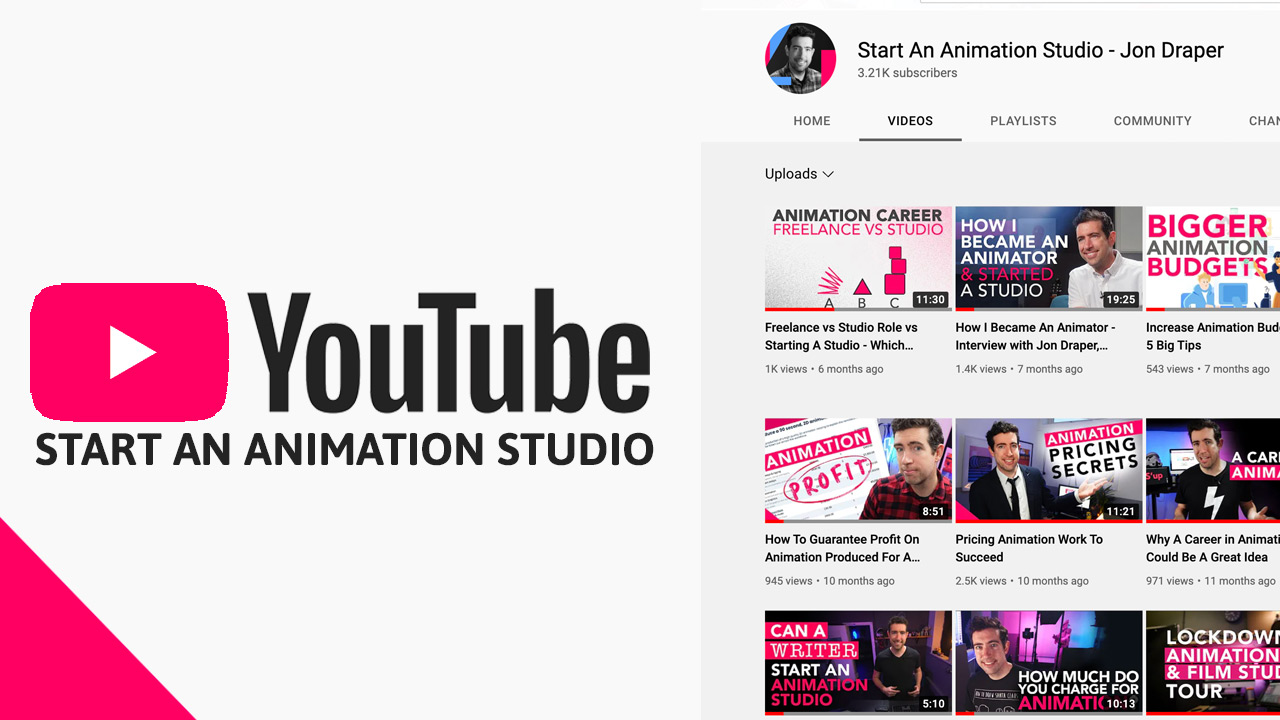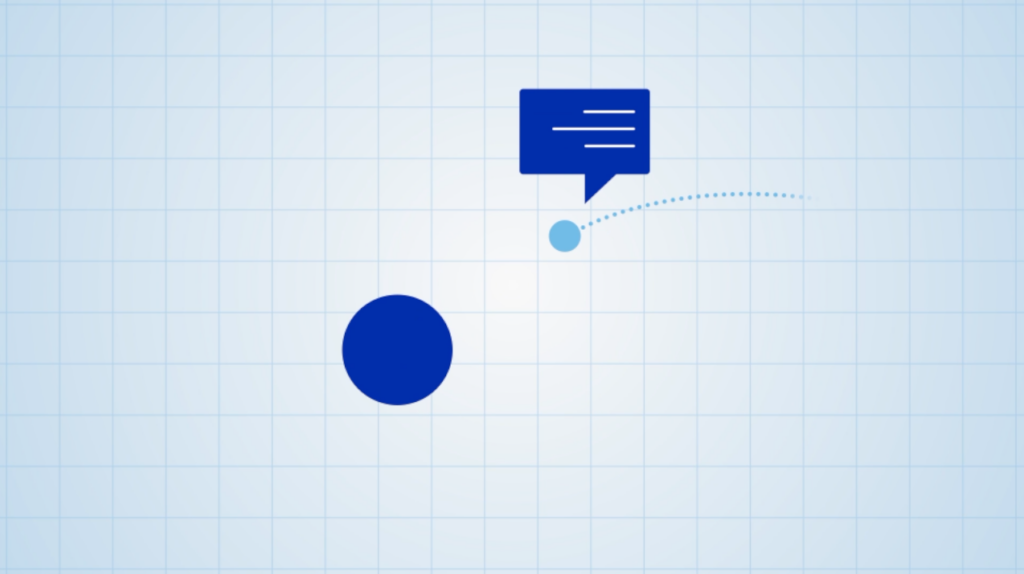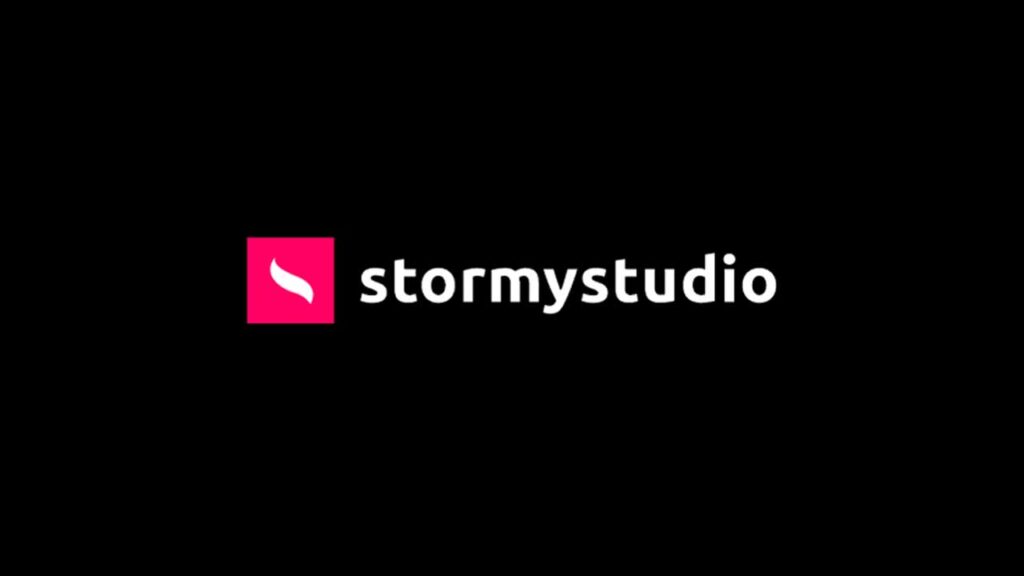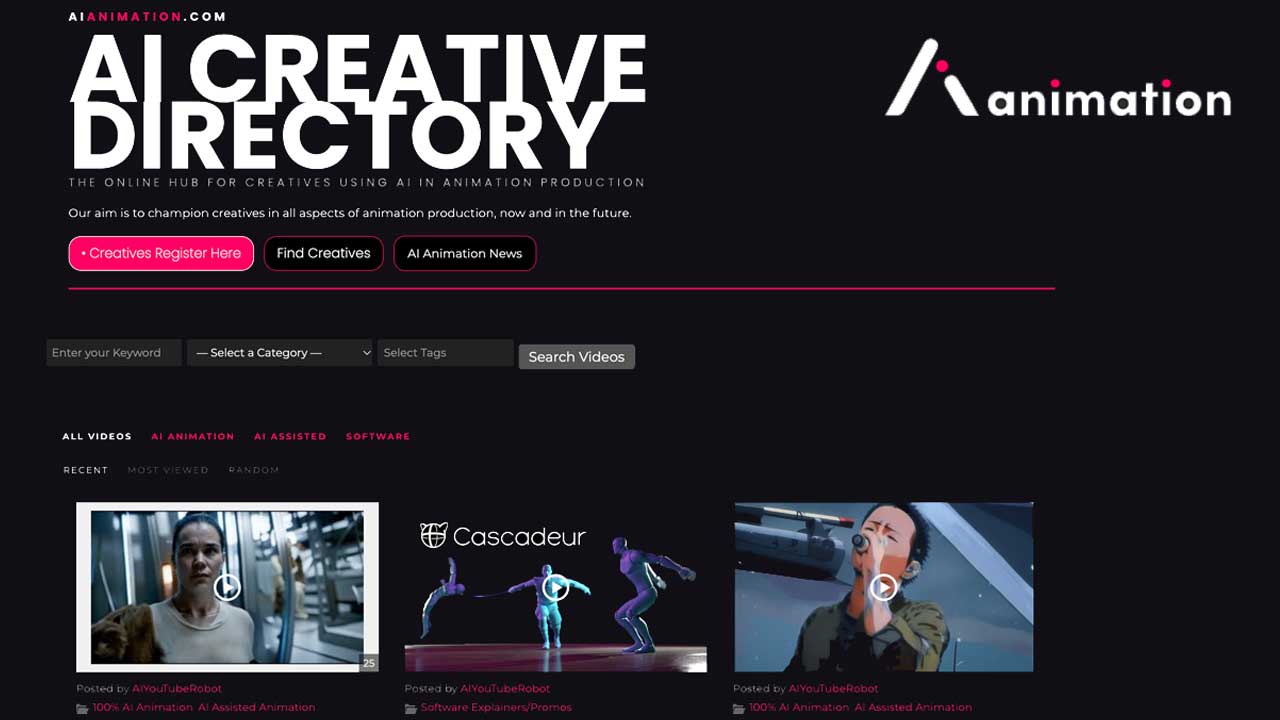Starting a studio can leave many animators confused about what roles to bring on board…
If you’re thinking seriously about starting your own animation studio, considering the people you’ll need to hire is a key part of the planning process. In this article, we help you break down the disciplines involved in the day-to-day running of an animation studio, and how to make sure your future studio has all bases covered. Without further ado, here are the studio roles you need to know...
Consider your scale
When you’re first starting out, think carefully about how many studio roles you'll be able to support. Many smaller studios start out with fewer roles with lots of overlap between them or use outsourced freelancers for work the studio is unable to handle itself. A small, interdisciplinary workforce is a good choice for a new studio as it leaves room for future growth.
Which of these studio roles do you have covered?
Creative Director
In a smaller animation studio, creative leadership will often be overseen by one person. Larger studios, in contrast, will often have a directing team made up of the company director, creative director and animation director. Animators starting their own studio typically envisage themselves in the position of creative and company director, so ask yourself if you have the experience, imagination and leadership skills necessary to push your company to success.
Head of Marketing
Marketing is an area which can be new to a lot of long-time animators. A knowledgeable employee who has the experience to market your studio to potential leads can therefore be a crucial studio role.
Marketing covers everything from brand image to social media. Therefore, it's a key part of building your business, as marketing helps outreach for client visibility.
Pre-production roles
Scriptwriter
A scriptwriter works alongside clients to create a script which will help voice the animation they’re producing. Before hiring a scriptwriter, see if anyone on your team already has scriptwriting experience, or whether it would be a good idea to pay a freelance scriptwriter who you could persuade to join your studio in the future.
Producers
The producer is an essential role in any animation studio, ensuring that projects run efficiently, on time, and within budget. Expanding the producer’s team to include production assistants is a step you might decide to make after your studio is more established.
Storyboard artist
If you’re planning who to hire in your new studio it’s often unnecessary to employ extra storyboard artists, as many animators are also proficient at producing quality storyboards. Sometimes, some roles can be merged - hiring an illustrator & graphic designer could fill this position too.
Production roles
Production includes a number of different roles which can often be handled effectively by a small, multidisciplinary team of animators rather than a larger workforce responsible for individual roles. The studio roles you'll have to take on board include animation studio will have to cover include:
2D and 3D Animators
Hiring animators who are experienced in producing both 2D and 3D animations is a good early step in putting together your studio. As you grow, you can bring on board animators with more clearly defined roles.
3D Modeller
A 3D modeller will bring characters, environments and assets to life as 3D models, ready to be animated. This helps take some workload off the animators, resulting in a smoother production line.
Illustrator and Graphic Designer
Leads may sometimes contact your studio asking for graphic design and illustration services, either on their own or as part of a larger projects. Many animators are also talented illustrators, so this may be an area you can save on by relying on your core team and the help of outsourced artists.
Character Designer and Rigger
A character designer must have the ability to create eye-catching characters that can withstand a vigorous animation process and demonstrate the concept of a project with style. The technicality of rigging these character designs makes an important role for an up-and-coming studio to invest in.
Post-production roles
Editor
As a key stage of post-production, an in-house editor is an important role to establish in your new studio. For larger projects, an editor can work with other freelance editors, eventually creating a department of their own.
Sound Designer
A sound designer will be responsible for the audio presence of your project, working alongside a composer, voiceover artists, and any other sounds your production includes.
Studio roles for the future
Composor
Just like illustration and graphic design, composition is an area many experienced animators will already understand. When building up the workforce of your studio, look for animators who excel in a range of different areas.
Compositor
Just like illustration and graphic design, composition is an area many experienced animators will already understand. When building up the workforce of your studio, look for animators who excel in a range of different areas.
Website Designer
When considering marketing, it’s worth thinking about who will take on the role of curating your studio’s image. A well-designed and accessible website will become the ‘shopfront window’ of your studio, so hiring a website designer to make the work easy could be a worthwhile investment.
Colourist
Colour-grading plays a crucial role in determining the final ‘look’ of the animations your studio will produce. Creating a distinctive style for your studio will help clients to identify your brand, so hiring an on-board colourist can be a future step to build consistency in your animation.
Planning on starting an animation studio?
If you want to build a successful animation studio, we can help! Check out our free checklist of everything you need to consider when starting a studio, compiled by industry experts. Click here to see what you might have missed...
Interested in an animation career or starting a studio?
Checkout these resources
Share this Post

